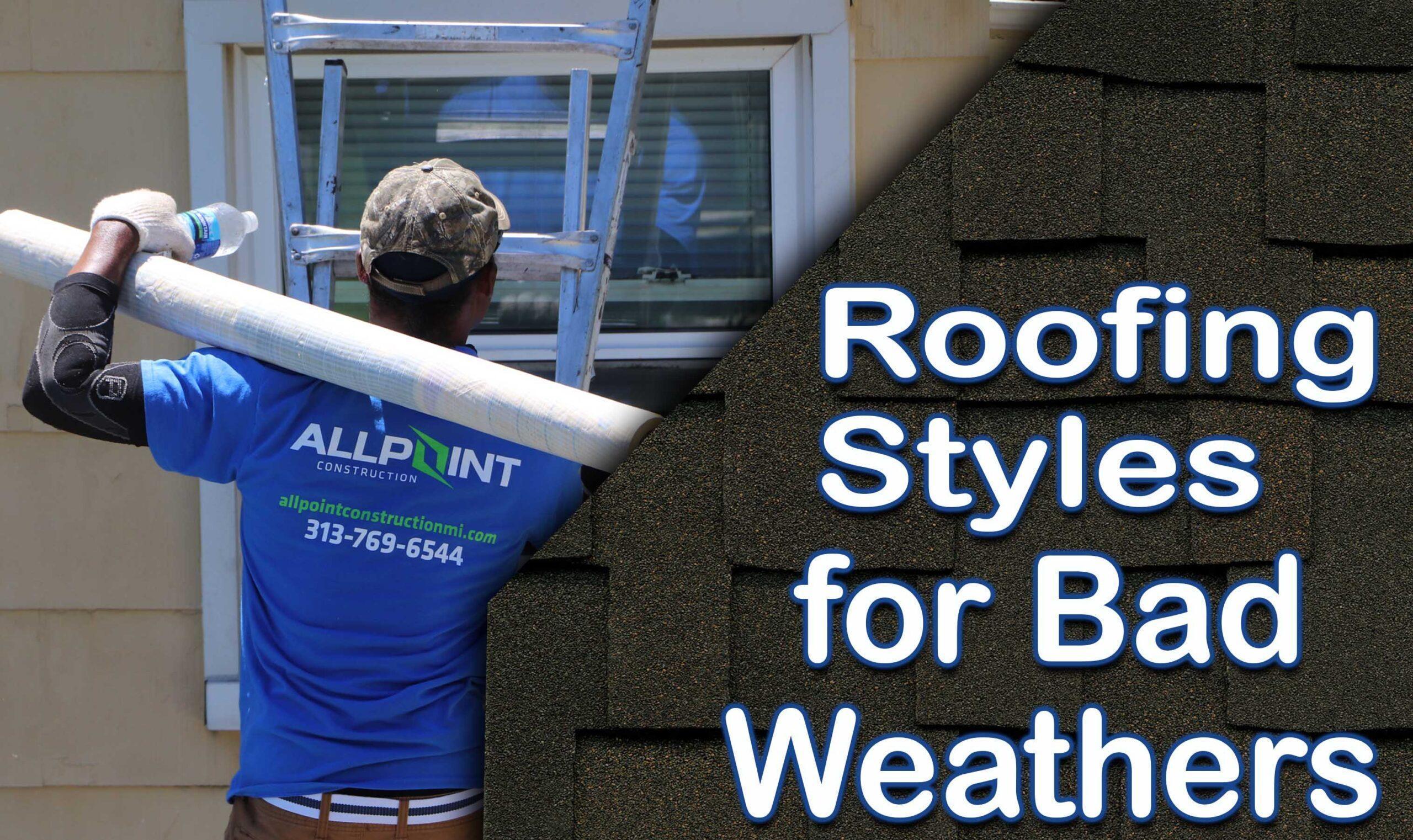As homeowners, do you know that the style of roof you select for your home is fundamental? Aside from the roofing styles, the roofing materials play a lead role in protecting against bad weather. After prolonged use, the roof materials will eventually give in to the elements. Some roofing materials have the upper hand over others regarding protection against all-weather elements. Here are some excellent ideas of roof styles that will stand the test of weather over time.
Recommended Roofing Styles Against Bad Weather
Here are roofing styles and materials that can confidently endure bad weather locations. You may decide to install any of these based on the location of your home. Your roofing contractor can be of good help in making the right choice of roof styles for you.
1. Clay Shingles
Clay shingles are known to be many homeowners’ choice because of their aesthetically pleasing earth tones. They are fire-resistant and thermal. This has placed them as the best choice for areas with warm weather climates. Clay is a natural material. Therefore, clay shingles are an eco-friendly alternative for roofing.
2. Fiberglass Asphalt Shingles
Indisputably, asphalt is a popular material in the roofing industry. Also, its affordability is a factor to consider. The fiberglass alternative has a fiberglass mat bordered by sheets of asphalt. And it is covered with mineral granules. This roofing material offers superior protection against bad weather conditions compared to organic roofing options.
3. Slate
When it comes to durability, slate tile is recommended. Due to its composition, this roofing material can withstand the harsh winter seasons. Even after heavy snowfalls and storms, slate tile roofing remains steady. According to experts, the roofing system may last up to 100 years with proper maintenance. In addition, the material’s high density makes it a good insulator for the home. It can protect the house against hot weather conditions. Also, this roofing material can maintain the roof’s temperature constantly.
4. EPDM
EPDM (ethylene propylene diene monomer), also referred to as rubber roofing, can perform well in an environment with hot and sunny climates. This roofing material is rubber-like and is mainly used in a commercial environment. However, some homeowners love using this material to cover up part of their roofing. The EPDM roofing material consists of a rigid thermoplastic strongly resistant to UV radiation, general wear and weather. A simple coating of titanium dioxide over this roofing material can enhance hat reduction by reflecting heat and sunlight. The material is seamless and resistant to water leaks and air.
Conclusion
Depending on your home’s location, choosing the roofing material that is more effective and offers excellent protection against bad weather is expedient. Remember that your roofing styles should be the ones that provide comfort to you and your family. Though selecting the best roofing styles and materials for your home comes with many decisions. Homeowners should consider maintenance and some other factors. If you feel confused about the type of roofing materials for your home, you can consult a local roofer for guidance.



